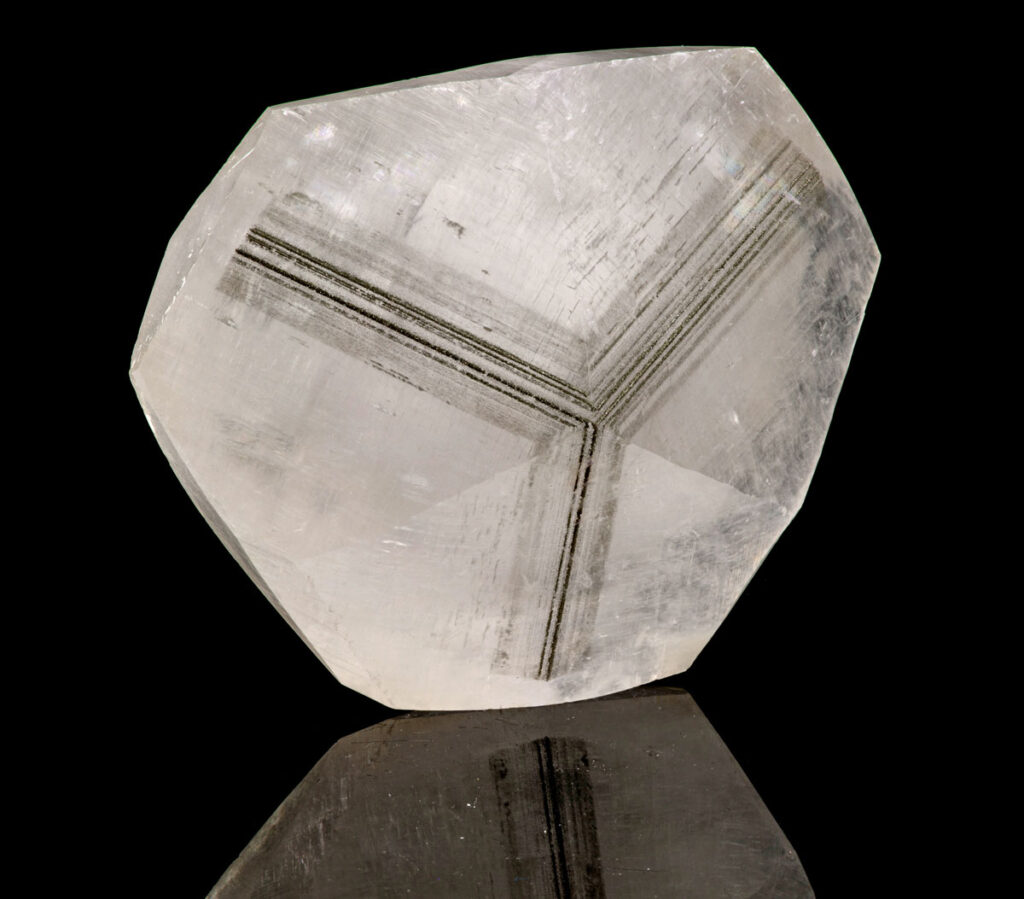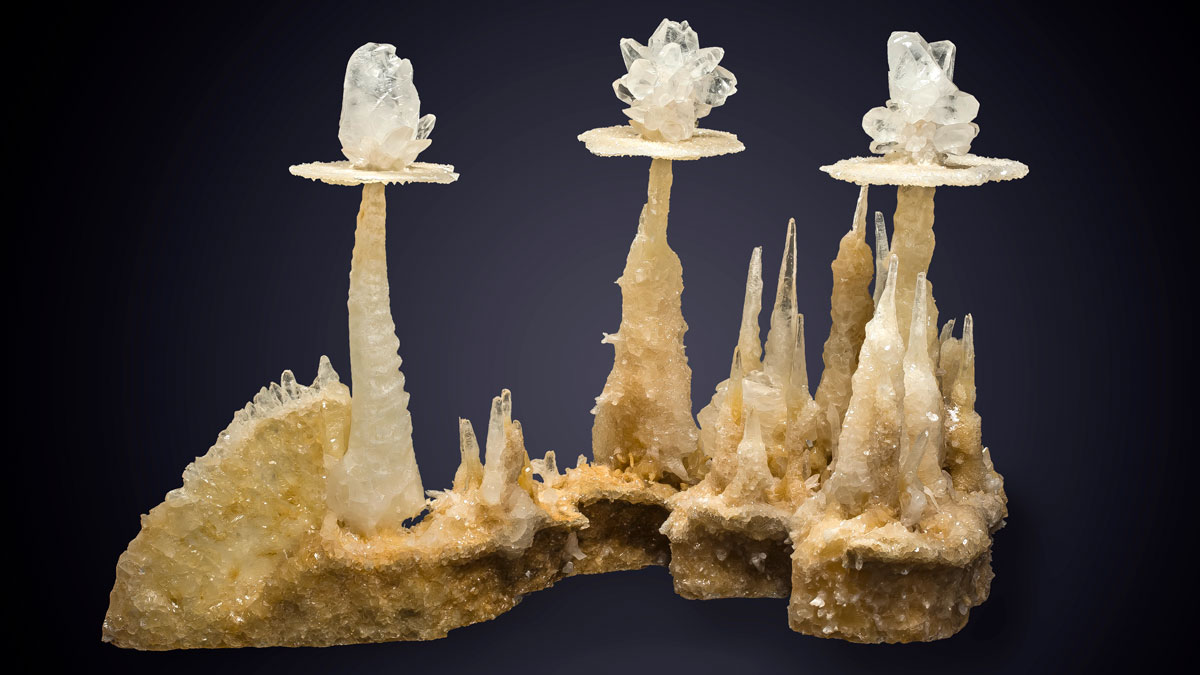Before Earth existed, there were minerals. Some stood witness as the solar nebula stashed stardust and meteorites coalesced to form our rocky abode. But the centuries-old system for classifying minerals focuses on what they are—missing the stories rocks can tell because of how they formed. Now, researchers have developed a new way to sort minerals—by their origins—and they’ve used this methodology to explore how Earth’s minerals diversified across deep time.
“Minerals are information rich, but for the last almost 200 years, the way minerals have been classified is the complete opposite.”
Currently, the International Mineralogical Association (IMA) categorizes minerals based on their composition and crystal structure. But minerals have more features that can be taken into account. From quotidian quartzes to dazzling diamonds, each mineral bears a wealth of characteristics: shape, color, isotopes, inclusions, magnetic properties, and more—not to mention the attributes of their geologic environment. “Minerals are information rich, but for the last almost 200 years, the way minerals have been classified is the complete opposite,” said Robert Hazen, a mineralogist and astrobiologist at the Carnegie Institution for Science in Washington, D.C.
To learn about how minerals have diversified across the ages, mineralogists must consider time and mineral formation, Hazen said. So he and Shaunna Morrison, a mineralogist and planetary scientist also at the Carnegie Institution for Science, set out to mine the quarry of mineral literature for this information.
A Classification System for the Ages
Over a period of about 6 months in 2020, Hazen and Morrison dug through records on nearly 6,000 minerals recognized by the IMA, pulling entries from databases, reference books, and field studies. They tabulated the ways that each mineral forms, sometimes making inferences based on associated minerals. It was “a labor of love,” said Morrison. Their survey produced a list of 57 main methods by which nature cooked up all the known minerals on Earth, the duo reported in one of two studies published in American Mineralogist.
“Water is the principal driver on mineral diversity.”
On the basis of isotopic dating data, Hazen and Morrison also built a second database, from minerals that formed weeks ago to the oldest known samples on Earth—nearly 4.4-billion-year-old zircon crystals. The resulting timeline allowed the researchers to associate minerals with geologic milestones, such as when plate tectonics started shaking things up. Much of Earth’s mineral diversity blossomed during the planet’s first 250 million years, the researchers reported. (Plus, they identified 300 minerals that may predate our planet.)
The scientists concluded that more than 80% of minerals can form through water-rock interactions. “So water is the principal driver on mineral diversity,” said Nathan Yee, a geochemist at Rutgers University who wasn’t part of this work. Once oceans formed, lots of minerals emerged that represent most of the minerals that we have on Earth today, he said.
Around 50% of minerals can form through biological processes, including development in living species themselves (such as corals or kidney stones) as well as interactions like those between animal excrement and clay. “It really indicates just how intricately intertwined biology and geology and mineralogy are on our planet,” Morrison said.

Some minerals can form through multiple processes. Calcite, for instance, can form in 17 different ways. Milky white calcite that forms in hot springs differs from precisely patterned calcite within a trilobite eye. Though they have the same chemical formula and crystal structure, they are different products, Hazen said. In a second study also published in American Mineralogist, Hazen, Morrison, and their colleagues came up with a process to regroup the thousands of recognized IMA minerals on the basis of their formation processes and other characteristics that the current classification system misses.
Lumping and Splitting
In some cases, the researchers grouped several different IMA-recognized species together—for example, when species had the same structure, were compositionally similar, and were formed by the same process. In other cases, minerals that IMA combines could be split into new natural kinds, such as some types of calcite, because of the different ways they form.
The team also used a statistical approach to reveal combinations of physical or chemical properties that set minerals apart. For instance, they separated stellar moissanite, a silicon carbide formed around old stars and found in meteorites, into multiple types by considering differing isotopic signatures related to star type, Hazen said.
This lumping and splitting process yielded 7,816 natural mineral kinds. “It’s really a big paradigm shift in the way we think about mineral classification,” Yee said.
“If you reimagine minerals and how we describe them, there’s hardly an area of the Earth and planetary sciences that it doesn’t affect.”
With new databases and tools, researchers could start making “incredible predictions” about where to find minerals and what minerals occur when through geologic time, Yee said. Those insights could be useful in mining, studying microbial interactions with rock, and understanding the evolution of other rocky planets, like Mars. It may even allow researchers to establish a signature for whether a planet held life, Hazen said.
“If you reimagine minerals and how we describe them,” Hazen said, “there’s hardly an area of the Earth and planetary sciences that [classification] doesn’t affect.”
—Carolyn Wilke (@CarolynMWilke), Science Writer

